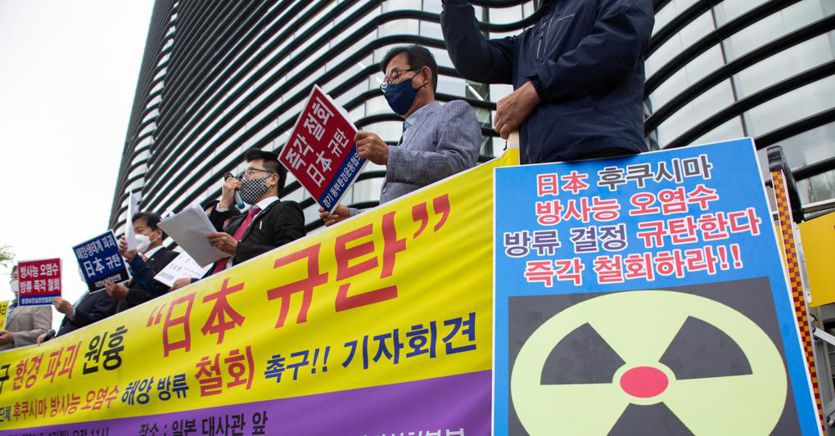THE VIDEO REPORT BY STEFANO CARRER
Serious problems at the plant
None procedural verification of negligence, even if the whole world has risked a lot. On Monday some foreign media (including Il Sole 24Ore) were able to go to the plant, where the simulation of the total black-out of the afternoon three years ago took place in the bunker of the operations center of reactors 1 and 2 (which went into partial meltdown like number 3). In total darkness, a group of technicians had fought desperately to save the country, avoiding a worldwide catastrophe. None of them work anymore, because they are hit by too much radiation. Director Akira Ono admitted that the unresolved problem of contaminated water absorbs energy, preventing an organic plan for decommissioning from being carried out: everything remains in the preliminary stage. The news is that it will accelerate – from 15 to 40 per month – the construction of radioactive water storage tanks. A buffer measure. And tests are about to start to build frozen “underground” walls upstream and downstream to limit the inflow of contaminated water to the sea. The power plant area is an immense construction site that seems to run a little empty. For around 5 km, no one can live and in an outermost buffer zone the former residents can do themselves live in the day but don’t sleep.
Complicated reconstruction
There are still 267 thousand evacuees, of which 97 thousand live in temporary prefabricated buildings: they had to stay there for two years, three have already passed and for many it will take more years before they can enter a real home. The process of rebuilding homes is slowed by three factors, observes Kosuke Motani, chief senior economist of the Japan Research Institute. First, the complicated relations between central, provincial and municipal administration, made more difficult by democratic processes (for which in some communities consensus has not been reached on where to build: if further upstream, as the government wishes, or by the sea ). Second, “the legal protection of land ownership and its fragmentation is excessive – underlines Motani – It is difficult for public authorities to expropriate land for reconstruction if some small owners do not agree, which always happens in places characterized by ferocity. peasant in attachment to the land by especially the elderly ». Third, the shortage of workers and building materials, which is already suffering from the competition of the real estate boom underway in Tokyo, which is destined to strengthen in view of the 2020 Olympics. A phenomenon that slows down the entire economy, so much so that the government has been forced to to study the hitherto abhorred hypothesis of widening the meshes of immigration. The results are singular: if before the tsunami there was no work in the Tohoku, now the workers are lacking. The moral debt for the victims turns into a flywheel for an economy with marked “Keynesian” features: billions and billions of euros are being spent on tsunami barriers or to raise the level of the ground by 8 meters above that of the sea – as a Rikuzentakata – before starting to rebuild the houses, for villages of 10, a maximum of 20 thousand inhabitants predicted to further decline in population.
